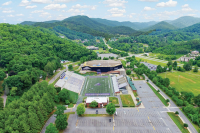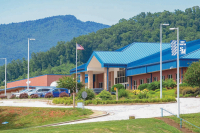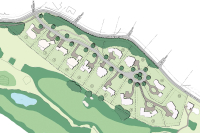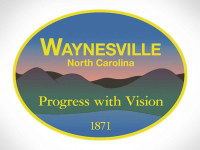WCU approves master plan
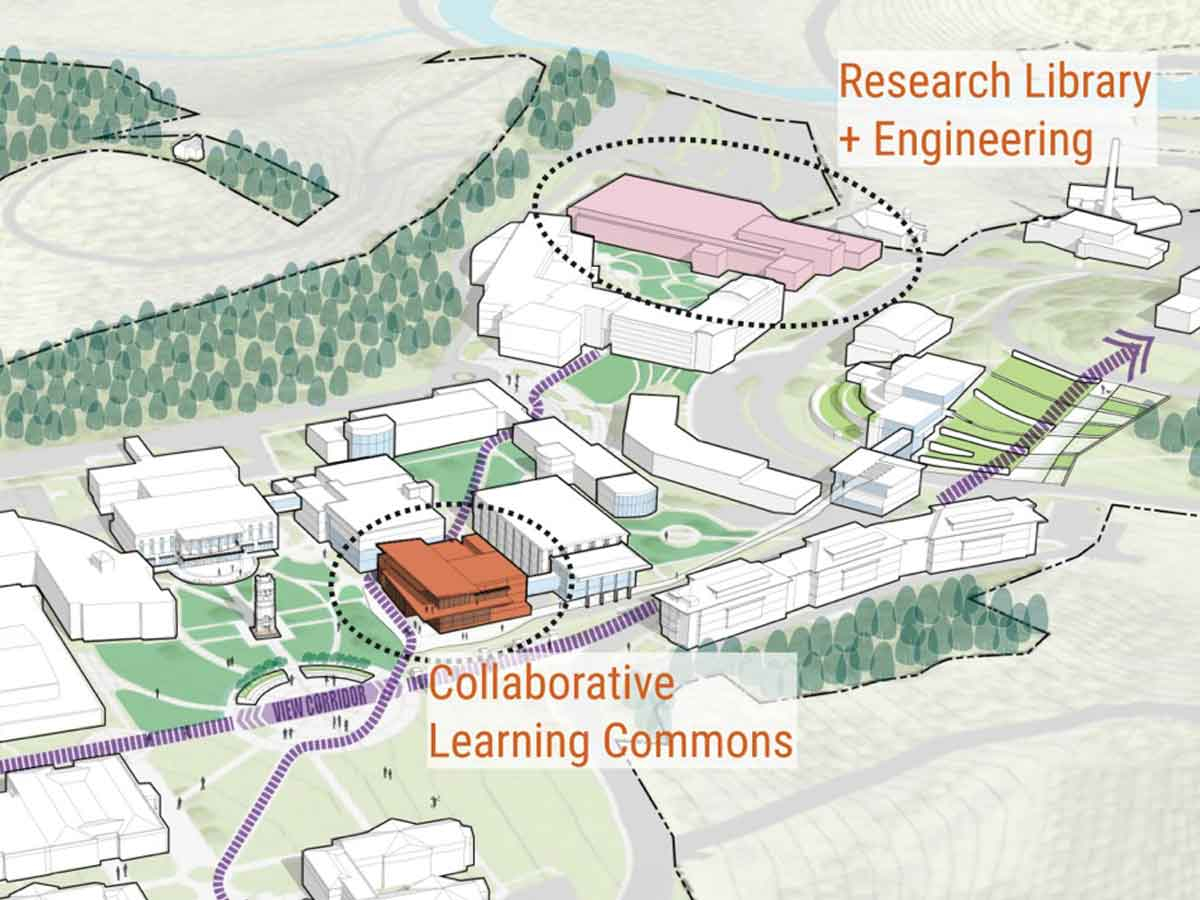 The draft master plan proposes a split library model with the research library remaining at Hunter Library, while the digital library and student collaboration space would move to a new collaborative learning commons building. Hanbury/WCU graphic
The draft master plan proposes a split library model with the research library remaining at Hunter Library, while the digital library and student collaboration space would move to a new collaborative learning commons building. Hanbury/WCU graphic
A master plan envisioning campus needs for the decade ahead received unanimous approval from the Western Carolina University Board of Trustees during its March 4 meeting, setting the stage for a long-term effort to reshuffle campus programs into a more logical and efficient configuration.
“This diagram makes it look really easy to do,” Elizabeth Morgan, a designer for Hanbury, the firm WCU contracted to complete the plan, said during a March 3 meeting of the WCU Finance and Audit Committee. “It will, in fact, take a lot of planning and coordination and time to systematically renovate buildings, renovate portions of buildings, retrofit them and have swing space for people.”
The plan’s approval — first from the committee and then from the board as a whole — followed a lengthy conversation about a draft form of the document held during a board retreat in November. The final version does not contain any significant changes from the draft document, said Vice Chancellor for Finance and Administration Mike Byers.
The master plan calls for a campus organized into five zones — a STEM district, arts district, student life core and Cullowhee connection. Locating programs supporting these functions together physically in space that serves their needs will require intensive planning as well as significant rehabilitation and renovation of existing buildings.
Perhaps the most significant change outlined in the plan pertains to Hunter Library. The way students do research is changing, and the plan calls for the university to move toward a split-library model, with pared-down stacks and a research library remaining in the Hunter Building. A new collaborative learning commons building — suggested to go in on what is now Lot 33 behind Coulter Building — would offer student collaboration space and house the library’s digital collections.
Related Items

Over the next decade, WCU hopes to improve its facilities while continuing to showcase the natural beauty in which they sit. Hanbury/WCU photo
Those moves would open space at Hunter, which would be transformed into a key component of the new STEM district — housing the engineering department, research library, faculty commons, IT support and study space. Improved engineering space is a high priority for WCU. In its newly unveiled legislative agenda , WCU announced an emphasis on expanding and improving its engineering program, requesting $80 million to renovate an existing building or build a completely new structure to house the program.
“As of right now, you’re doing OK on space,” said Morgan. “It might not feel that way to everyone because the way in which that space is allotted or distributed is either not the right fit, adjacency or configuration, so that’s where we have to get into the weeds a bit with the nuance of reimagining what we can do with the existing square footage we already have.”
While the existing square footage at WCU is sufficient for current needs, according to the master plan, by 2030, the school will have about 1,500 more students than it does now and require an additional 260,000 square feet, most of which — 137,000 square feet — will be for athletics. An additional 52,000 square feet will be needed for a student center, 34,000 for classrooms and service, 22,000 for support space, 22,000 for physical education and recreation and 20,000 for general use.
“A master plan is not a checklist,” said Byers. “It’s a snapshot of what we think we need and shows how we would do it.”
Trustees’ vote to approve the plan signals the board’s agreement with the principles underlying the document but doesn’t commit them to any specific capital project. However, the vision outlined in the plan will guide administrators as they plan and seek funding for new projects.
“When we’re planning what our priorities are for capital improvements, we’ll have this sequence of dominos in our head,” said Byers.





